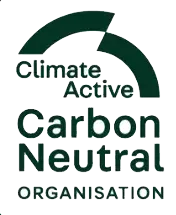Clean Room and GMP Quiz
Test your GMP knowledge by taking a PIC/S GMP Quiz:
How familiar are you with the common concepts of PIC/S GMP?
If you feel you are up to the challenge, test your knowledge by taking the GMP Quiz Master challenge, if you are brave enough, login and leave your details, or you can do the test anonymously.
Feel like a little competitive fun? Why not throw down the gauntlet to friends and colleagues to top your score. Share your score on social media, and let the challenge begin.

